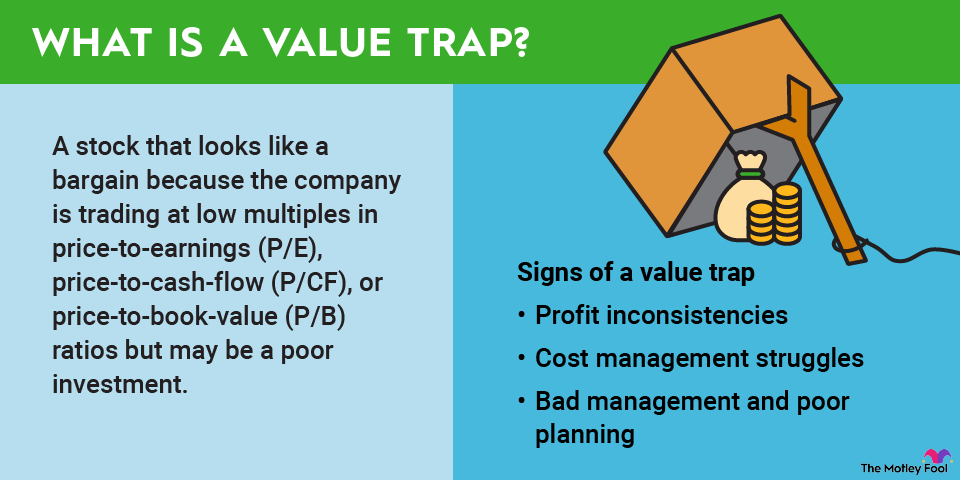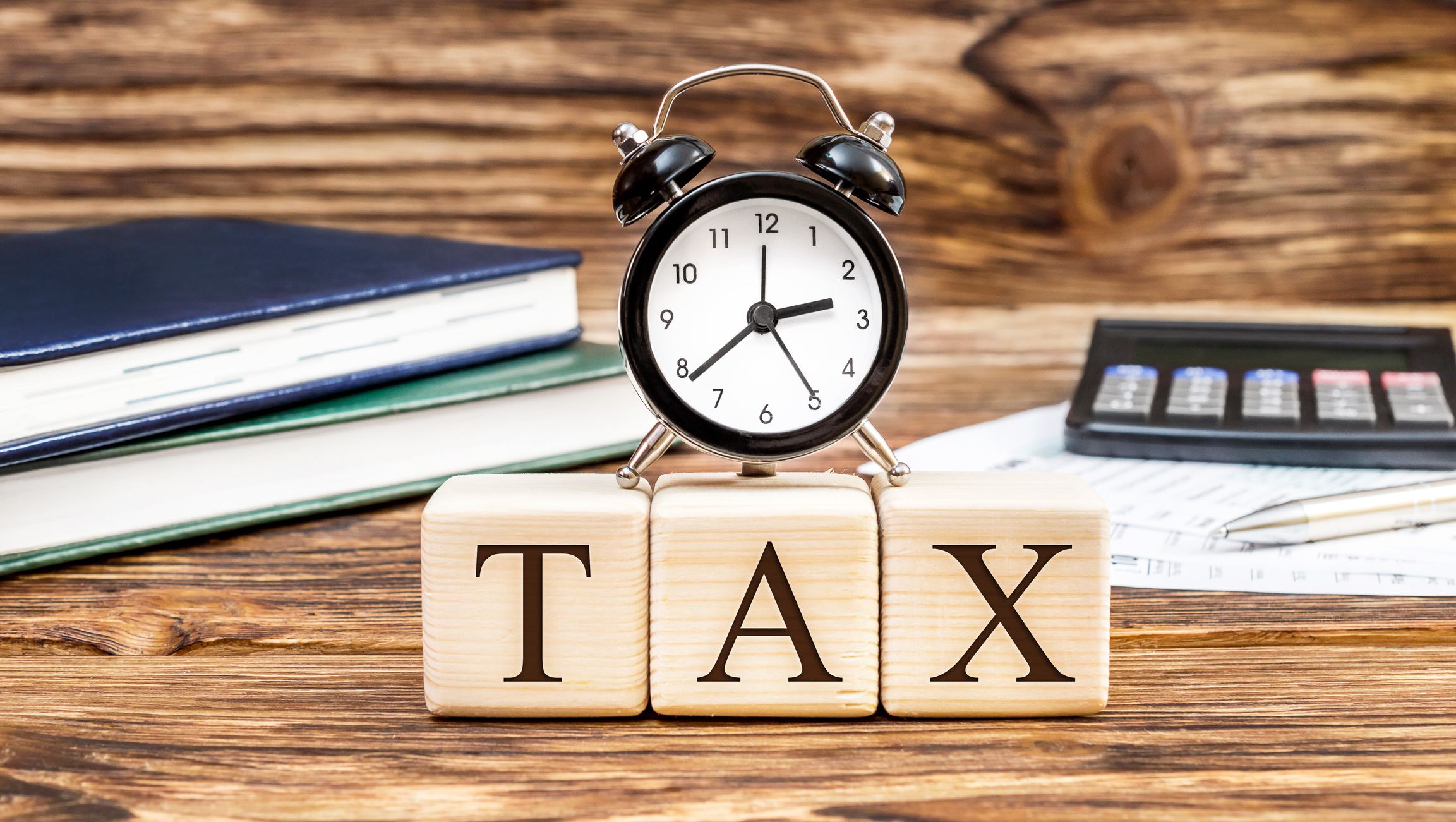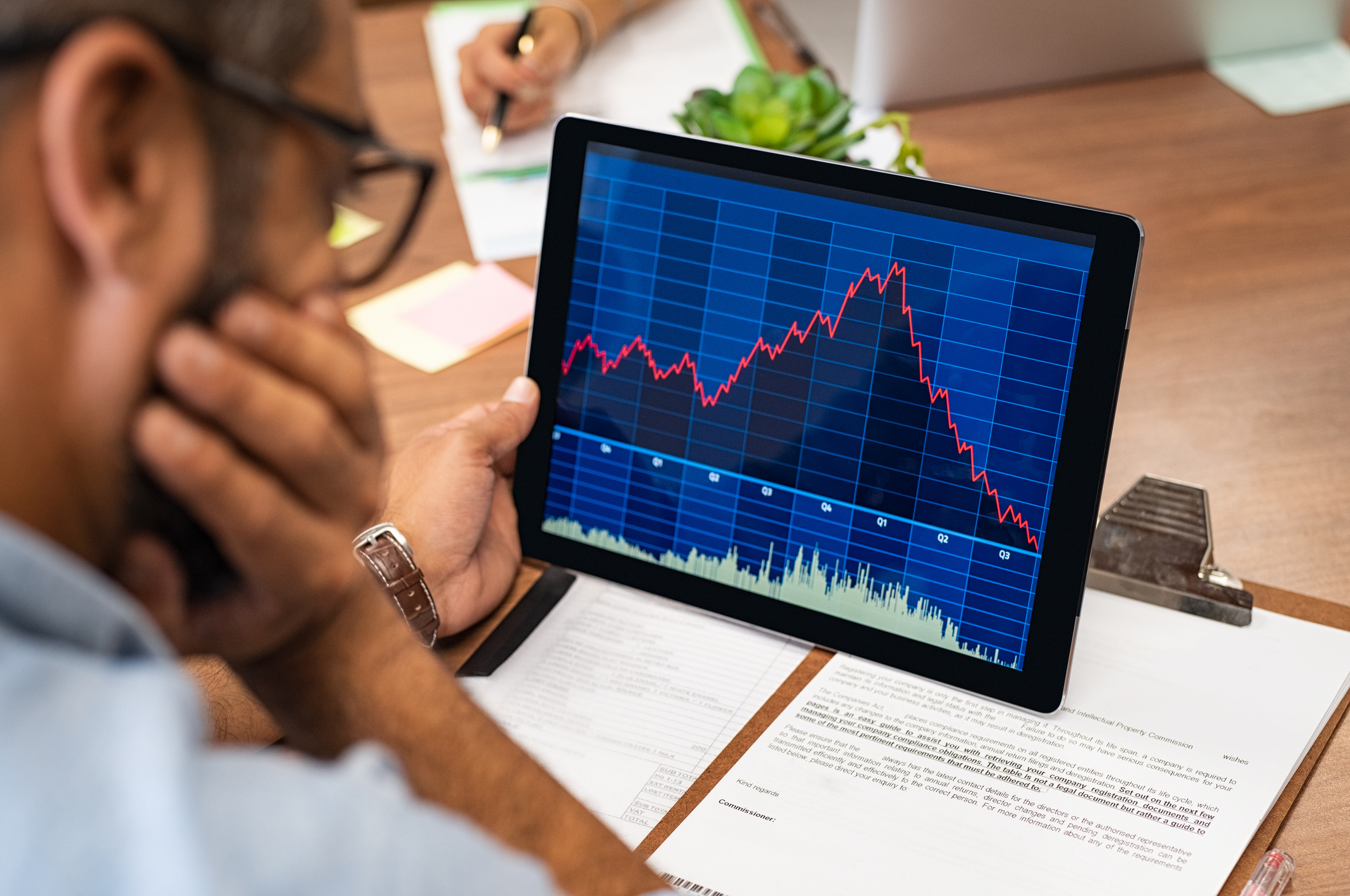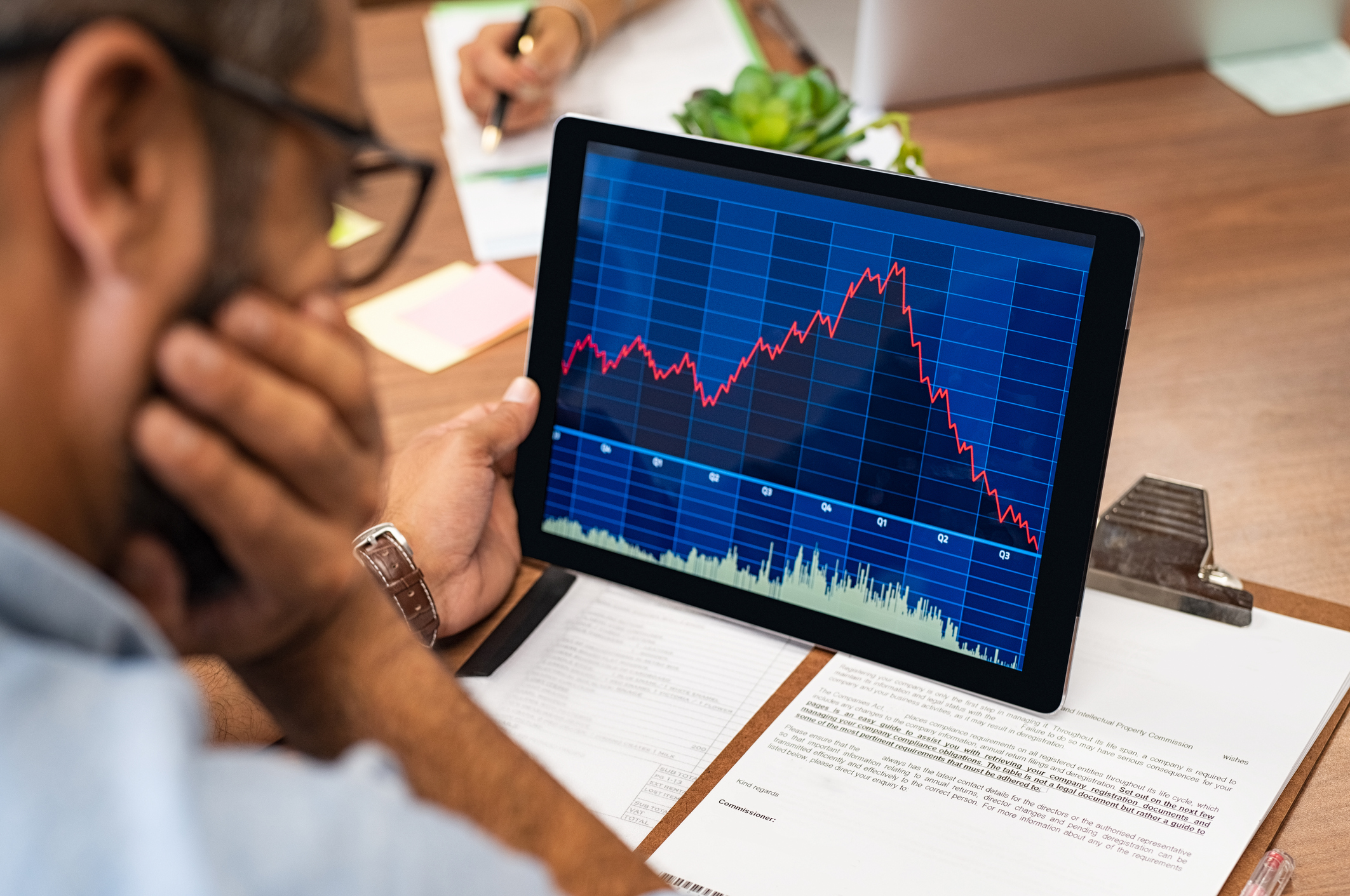The long-term average is particularly useful. A stock with consistently low volume over time could be a deserted island in the ocean of the stock market, and it might be difficult to find buyers or sellers when you need them. Even a modest trade might be enough to move the pricing needle in this case.
Harnessing the power of trading volume
Armed with the understanding of stock volume, what's next on your agenda?
Volume can be a handy tool when charting your course in the stock market. High volume, particularly when accompanied by a significant price change, may signal a market consensus about a stock. However, it's crucial to remember that volume is just one of many tools you should use to evaluate investment opportunities. Using volume without considering other factors would be like navigating without a compass: You might get lucky, but you're probably better off with a more comprehensive approach.
There is one more wrinkle to the trading volume story. You might want to look at "dollar volume" or "dollar-based trading volume" from time to time. In this case, you're not just looking at the number of shares trading hands but also accounting for the average share price. This helps you compare the market's trading interest in different stocks.
Here's how. Imagine two stocks: Allegory Appliances, priced at $10 per share, and Bogus Bioengineering, at $200 per share. If both have the same trading volume of 1,000 shares one fine Tuesday, a simple volume comparison would point to equal market activity.
However, the total value traded tells a different story. Allegory has a total dollar volume of $10,000 ($10 per share * 1,000 shares), while Bogus has a dollar volume of $200,000 ($200 per share * 1,000 shares). Hence, despite equal share volumes, Bogus Bioengineering actually shows significantly more market activity in comparison to Allegory Appliances when analyzed by their daily dollar volumes.

















